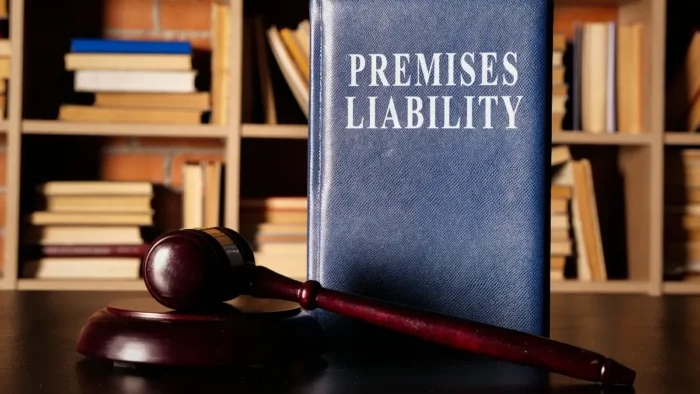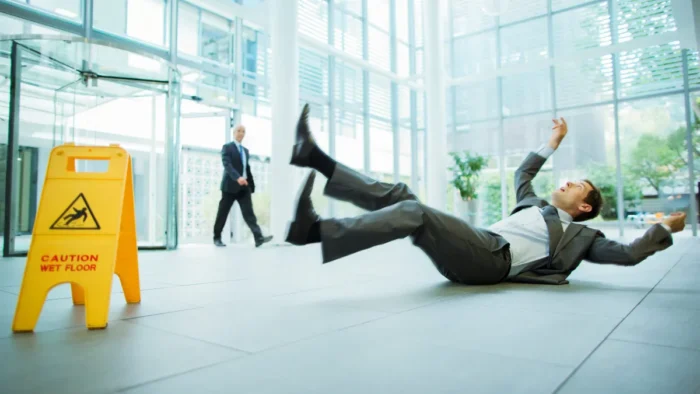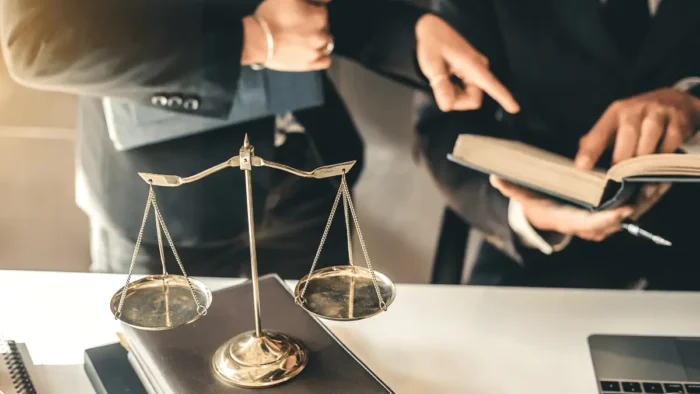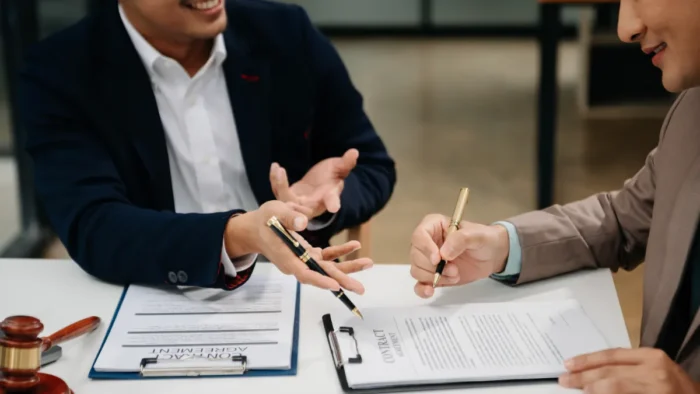In general, businesses must maintain safe environments for their patrons, clients, and employees. However, there may be situations where a slip-and-fall incident occurs, and the question of liability arises.
The general assumption is that if someone slips and falls in a business establishment, the business is automatically held liable. This is based on the doctrine of premise liability, wherein property owners and businesses are expected to exercise a duty of care to ensure their premises are reasonably safe.
However, there are circumstances where the business might not be held liable for a slip and fall accident. In this article, we’ll explore these scenarios in more detail. Keep reading to learn more.
1. They Are Unaware Of The Danger
A business may not be liable when they weren’t aware and couldn’t have reasonably been expected to be aware of the dangerous condition. For instance, if a customer spills a drink and another customer slips on it moments later, it may be challenging for the plaintiff to prove that the business should have been aware of the spill in such a short time frame.
To prove that the business knew or was aware of the danger, you should show proof that the hazard existed with the owner’s full knowledge or that the latter willfully ignored the condition. In this situation, the injured person may sue the business for damages with the help of a dedicated personal injury lawyer. To learn more about how they can help injured victims, check out reliable websites and other resources online.
2. The Danger Was Open And Obvious
Another instance where a business may not be liable for a slip and fall accident is if the danger was open and obvious. Courts have often held that people have a duty to avoid open and obvious dangers. Therefore, if a business can prove that the hazard was so apparent that any reasonable person would have noticed and avoided it, they may not be liable for any injuries resulting from it.
For example, if there is a large, brightly colored “wet floor” sign adjacent to a recently mopped area and a customer slips in that area, the court may find that the danger is open and obvious. Thus, the business may not be held responsible for the incident.
3. The Injured Person Was Trespassing At The Time Of The Accident
A business might not be held accountable if the injured person trespassed at the time of the accident. Trespassers don’t have the same level of protection as invited guests, and businesses typically owe a lesser duty of care to those who enter their property without permission. As such, if a person was trespassing when they slipped and fell, it could be challenging for them to successfully sue the business for damages.

4. The Injured Person Was Negligent
A business might escape liability if the person who slipped and fell was acting negligently at the time of the accident. As such, if the business can prove that the accident happened due to the injured victim’s own negligence, the former might not be held liable for the latter’s injuries.
On the other hand, in some states, the concept of comparative negligence applies. This means that if a person is found to be partially responsible for their injuries, any damages awarded to them may be reduced by their percentage of fault. For example, if a customer was texting while walking and didn’t see a warning sign before slipping and falling, they might be found partially at fault for the accident.
5. There Is No Negligent Condition On The Property
It’s essential to note that some accidents are just mere accidents. In this case, a business might not be liable for a mere slip and fall accident. If the incident happened because someone tripped without any crack in the sidewalk, wet floor, or spilled produce, the business has no liability for that. However, the business needs to thoroughly investigate the accident details to prove that there was no negligent condition on the property.
6. The Negligent Condition Does Not Cause Damages
Generally, legal liability occurs when a negligent condition directly causes a slip and fall. However, in some cases, simply having a dangerous condition on the property is not enough to hold a business liable for the incident. There should be harm caused to create legal liability.
For instance, if a store neglects to repair a broken step outside their establishment, and a slip and fall accident occurs in one of the aisles inside, the business may not be held legally liable for the accident based solely on the condition of their steps.
However, it’s worth noting that in some jurisdictions, the mere existence of a dangerous condition may be enough to establish liability, regardless of whether or not the customer suffered any harm.
Conclusion
It’s essential to understand that businesses aren’t automatically liable for every slip-and-fall accident that occurs on their premises. By keeping the information above in mind, you’ll know the different circumstances influencing whether a business can be held responsible for a slip-and-fall accident. This way, you’ll also determine whether the injured person on your premises has a valid claim against your business.



